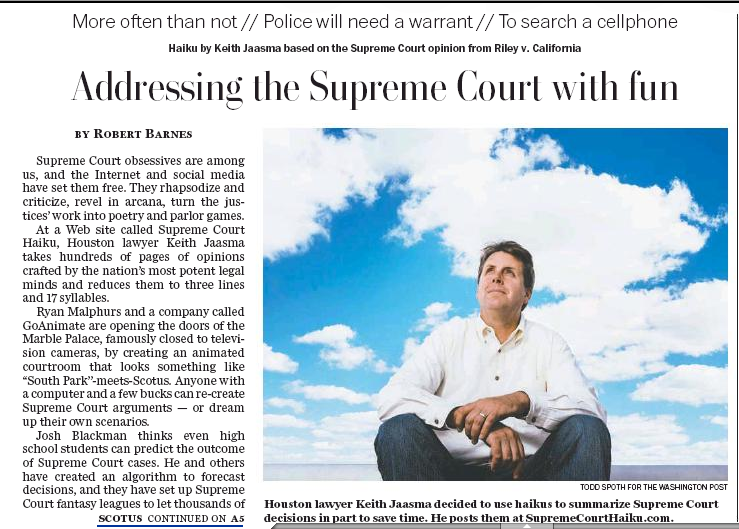The Times has a detailed featured about the aftermath of New York’s SAFE Act, a wide-ranging gun control enacted in the hasty aftermath of the mass killing in Newtown. A few lessons can be gleaned.
First, people do not like having their gun rights restricted–and they do not get over these kinds of things.
But in pushing for passage of strict new gun laws, Mr. Cuomo alienated a vocal constituency across upstate New York, a region he has otherwise wooed. In court, gun owners have challenged the constitutionality of the laws; on lawn signs and bumper stickers in places like the Catskills and western New York, they demand their repeal.
Counties, towns and villages have passed resolutions denouncing the laws, and some counties have even demanded that their official seals not be used on any paperwork relating to them. In response to an open records request, the governor’s office shared hundreds of pages of such resolutions, from far-flung places like the Adirondack town of North Hudson, with 238 residents, as well as from more populous ones like Erie County.
“The calculation when it was passed was people were going to get mad for a little while and then get over it,” Stephen J. Aldstadt, the president of the Shooters Committee on Political Education, said. “I don’t think people are getting over it.”
Second, the hastily-put-together law has proved difficult to implement.
Despite its scope, the Safe Act was not everything it was originally intended to be, and there were stumbles. A provision limiting the size of gun magazines, for example, turned out to be unworkable….
Requiring background checks for ammunition sales, another aspect of the laws, has not been put into effect, because the state has not yet established a system for conducting the checks. And there are lingering questions among officials as varied as sheriffs and county clerks about what the laws require of them.
Third, making people register their guns proves to be extremely difficult, if not impossible.
One of the most controversial elements of the Safe Act was its requirement that the owners of firearms defined under the laws as assault weapons register them with the State Police.
Many gun owners said they would refuse to comply; the deadline passed on April 15. The State Police have refused to say how many gun owners have registered; a spokeswoman, Darcy Wells, asserted that such information was exempt from disclosure under New York’s Freedom of Information Law….
Some data released by the state shows that one major fear among gun owners has not come to fruition: Law enforcement officials have not gone out of their way to enforce provisions of the Safe Act against otherwise law-abiding state residents.
You don’t say!
Through late September, when data was most recently available, the state’s Division of Criminal Justice Services said that no arrests had been reported to the agency for the misdemeanor of failing to register an assault weapon — the requirement that many gun owners have openly defied.
I previously noted that as many as one million New Yorkers will not register their guns. Connecticut hasn’t even bothered to enforce their own law. About 300,000 have refused. So now what? Do the police go door to door searching for weapons?
For now, gun rights experts say, the outcome in New York is uncertain. Will the state take the initiative to seize unregistered weapons? If it doesn’t, will the new gun controls be exposed as toothless, even meaningless?
“The line in the sand has been drawn, and if Gov. Andrew Cuomo wants to send state police out on house-to-house searches and put hundreds of thousands of people in prison, they can do that,” says Dave Kopel, research director at the Independence Institute, a free-market think tank in Denver.
This experience should provide a lesson to efforts to force wide-spread registration.
